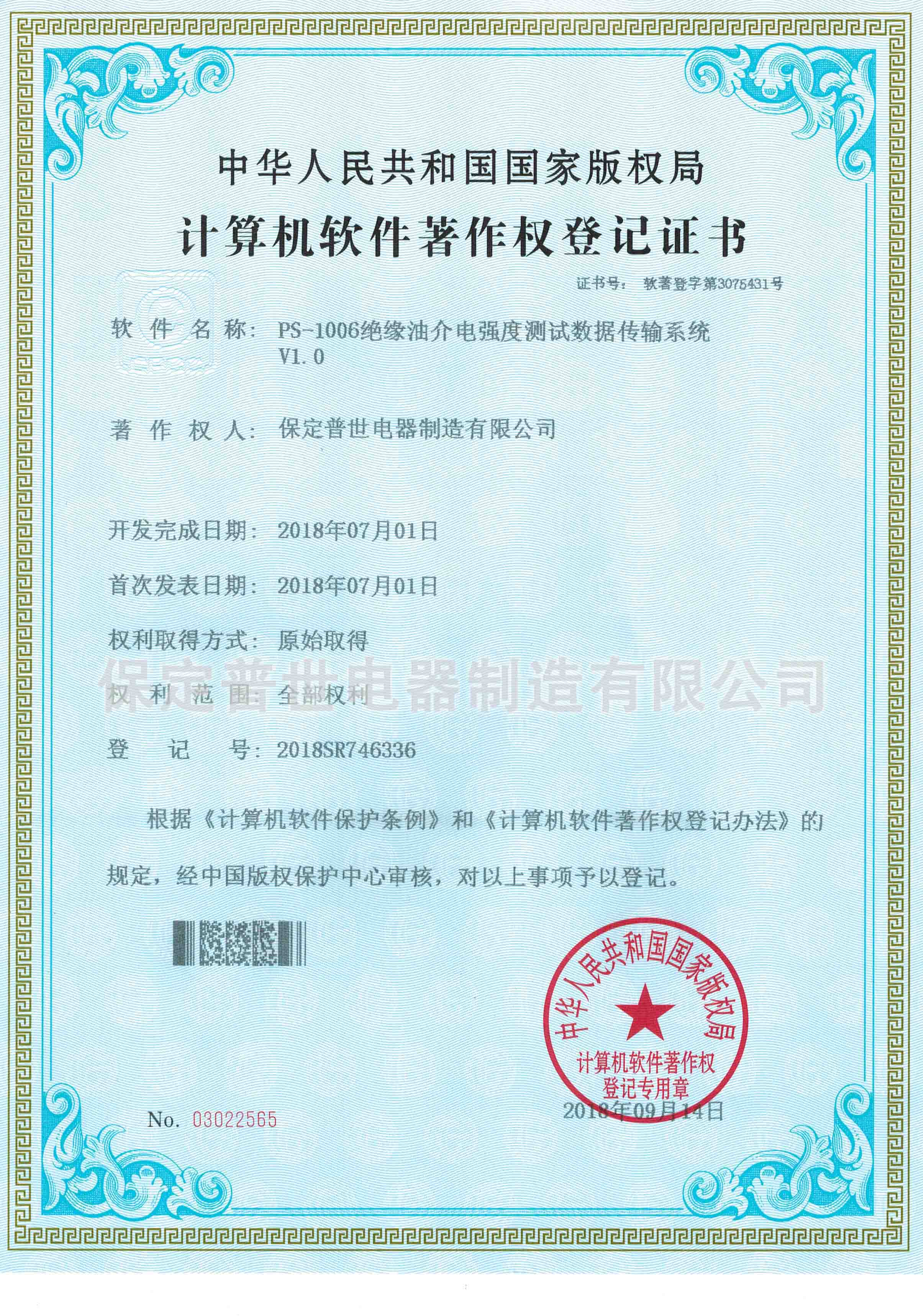 English
English


Innovative Heated Centrifuge System Designed for Comprehensive Oil Quality Testing and Analysis
Heated Centrifuge for Oil Testing Enhancing Efficiency and Precision
In the ever-evolving world of oil and gas exploration, the importance of precise and reliable testing methods cannot be overstated. Among the various analytical tools available, the heated centrifuge has emerged as a critical instrument for oil testing, particularly in determining the properties of crude oil and its derivatives. This article explores the significance of heated centrifuges in oil testing, their operational mechanisms, and their advantages over traditional methods.
Heated Centrifuge for Oil Testing Enhancing Efficiency and Precision
One of the primary applications of the heated centrifuge in oil testing is the analysis of sediment and water content in crude oil. Understanding the levels of impurities is essential for determining the quality of the oil and for making informed decisions regarding processing and refining. By utilizing a heated centrifuge, technicians can ensure that the sediment settles efficiently, allowing for clear demarcation between the oil and any unwanted contaminants. This not only enhances the accuracy of the measurements but also expedites the testing process, allowing for quicker turnaround times in oil quality analysis.
heated centrifuge for oil testing

Furthermore, the heated centrifuge is instrumental in the characterization of emulsions and asphaltenes. In crude oil, these components can lead to processing challenges and affect the overall production efficiency. By applying heat during the centrifugation process, it is easier to break down these complex mixtures, facilitating a more thorough analysis of their properties. This capability allows oil companies to optimize their refining processes, leading to cost savings and improved product yields.
Another significant advantage of using a heated centrifuge is its contribution to safety and environmental standards. As oil testing often involves potentially hazardous materials, the controlled environment of a heated centrifuge minimizes the risk of exposure to harmful vapors or reactions. Moreover, efficient separation of contaminants reduces the likelihood of operational issues during refining and transport, contributing to a more sustainable oil industry.
In addition to these practical benefits, the adoption of heated centrifuges aligns with the industry's move towards automation and advanced technologies. Modern centrifuges are often equipped with digital interfaces and automated controls, allowing for precise temperature regulation and real-time monitoring of the centrifugation process. This level of sophistication not only enhances the accuracy of the results but also minimizes human error—an essential factor in maintaining the integrity of oil testing processes.
In conclusion, the heated centrifuge stands out as a vital tool in the oil testing sector, providing enhanced precision in the analysis of oil properties and impurities. Its ability to combine high-speed separation with controlled heating opens new avenues for understanding crude oil and optimizing refining processes. As the oil industry continues to face challenges related to efficiency, safety, and environmental impact, embracing advanced technologies like the heated centrifuge will be crucial in meeting these demands. The future of oil testing is bright, and heated centrifuges will undoubtedly play a pivotal role in shaping it.
-
Differences between open cup flash point tester and closed cup flash point testerNewsOct.31,2024
-
The Reliable Load Tap ChangerNewsOct.23,2024
-
The Essential Guide to Hipot TestersNewsOct.23,2024
-
The Digital Insulation TesterNewsOct.23,2024
-
The Best Earth Loop Impedance Tester for SaleNewsOct.23,2024
-
Tan Delta Tester--The Essential Tool for Electrical Insulation TestingNewsOct.23,2024





